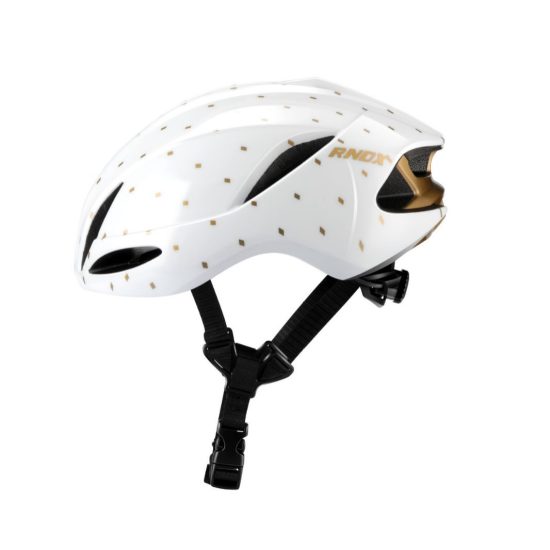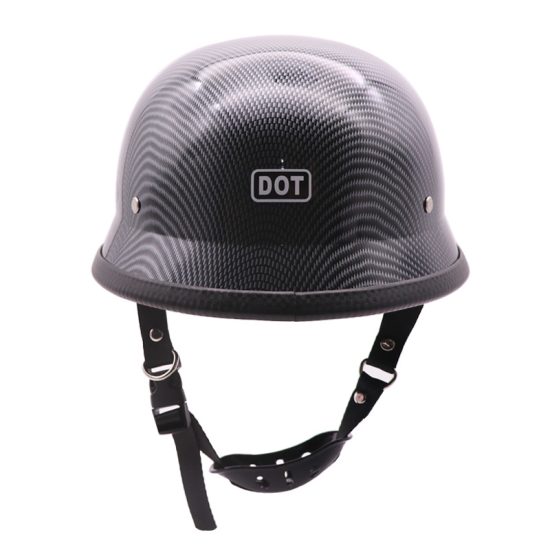Proper maintenance of safety glasses is essential to ensure they provide long-lasting protection and continue to perform effectively. Here are some maintenance tips to help you keep your safety glasses in good condition:
- Regular Inspection: Conduct a visual inspection of your safety glasses before each use. Check for any signs of damage, such as scratches, cracks, or dents in the lenses or frames. If you notice any damage, replace the glasses immediately.
- Cleaning: Clean your safety glasses regularly to maintain optical clarity and visibility. Use a mild soap or eyeglass cleaner and warm water to clean the lenses. Avoid using abrasive materials or paper towels, as they can scratch the lenses. Use a soft, lint-free cloth to gently dry the glasses.
- Anti-Fog Coatings: If your safety glasses have anti-fog coatings, be careful not to scratch or damage these coatings during cleaning. Use a cleaner specifically designed for anti-fog-coated lenses, and follow the manufacturer’s instructions.
- Anti-Scratch Coatings: If your glasses have anti-scratch coatings, be mindful of rough handling. Avoid placing them face down on hard surfaces or in pockets with keys or other sharp objects.
- Storage: Store your safety glasses in a protective case or pouch when not in use. This helps prevent scratches and keeps them clean and free from dust and debris.
- Adjustment: Ensure that your safety glasses fit comfortably and securely on your face. Adjust the temple arms and nose bridge if necessary to achieve a proper fit. Glasses that are too loose or too tight can be uncomfortable and less effective.
- Replacement Parts: Some safety glasses have replaceable parts, such as nose pads or temple tips. If these parts become damaged or worn, replace them according to the manufacturer’s instructions.
- UV Protection: Check if your safety glasses have UV protection, especially if you use them outdoors. Over time, UV-blocking properties can degrade, so consider replacing your safety glasses if you spend a lot of time in the sun or if you notice reduced UV protection.
- Lens Replacement: If the lenses of your safety glasses become significantly scratched or damaged, consider replacing them. Many safety glasses allow for interchangeable lenses, which can extend the life of your eyewear.
- Compliance: Ensure that your safety glasses continue to meet the required safety standards for your specific task or industry. Standards may change, so periodically check that your glasses are still compliant.
- Training and Education: Educate yourself and your colleagues on proper safety glasses care and maintenance to ensure that everyone understands how to maintain their eyewear for optimal protection.
Remember that well-maintained safety glasses not only provide better protection but also offer clearer vision, contributing to a safer and more productive work environment. Regularly inspect and care for your safety glasses to maximize their lifespan and effectiveness.


